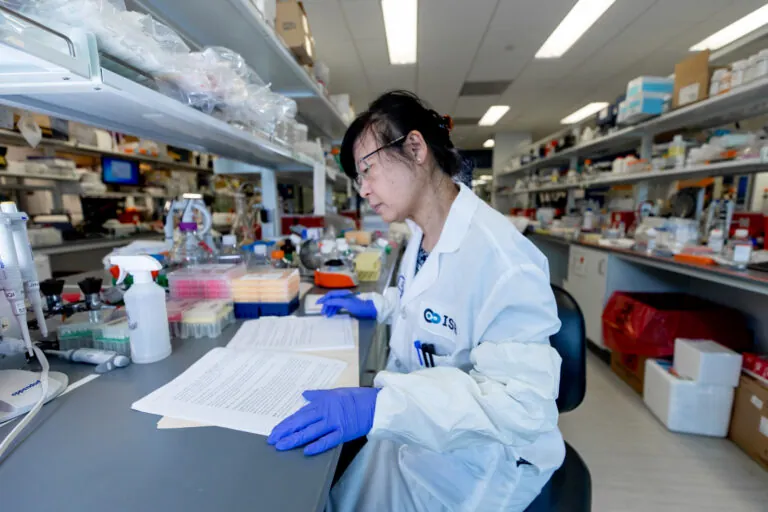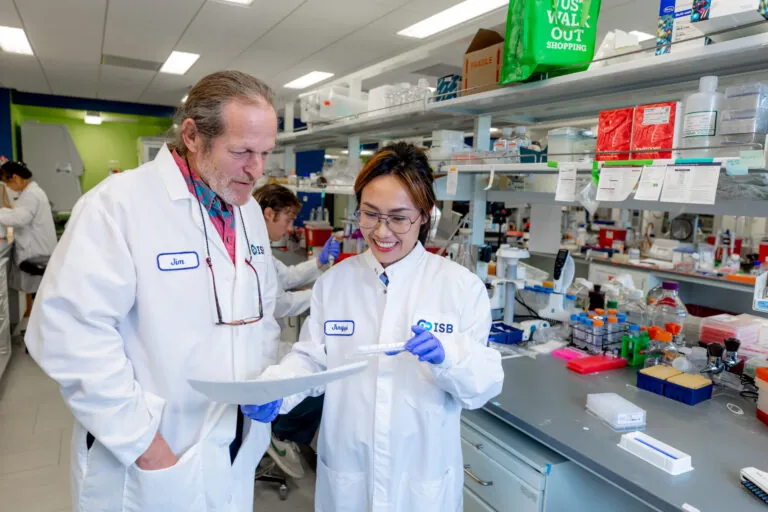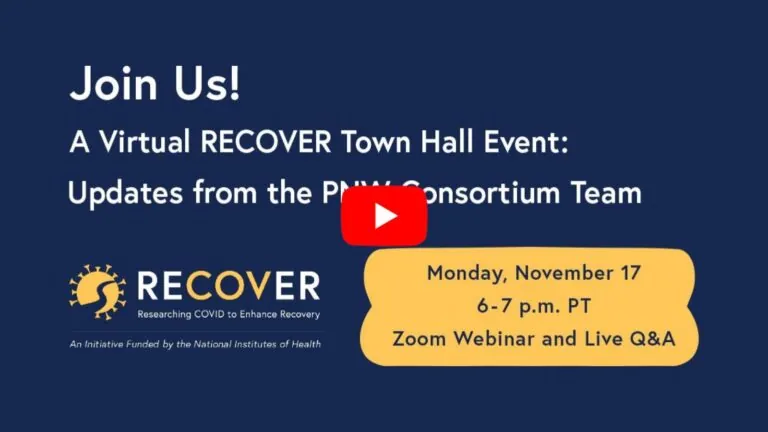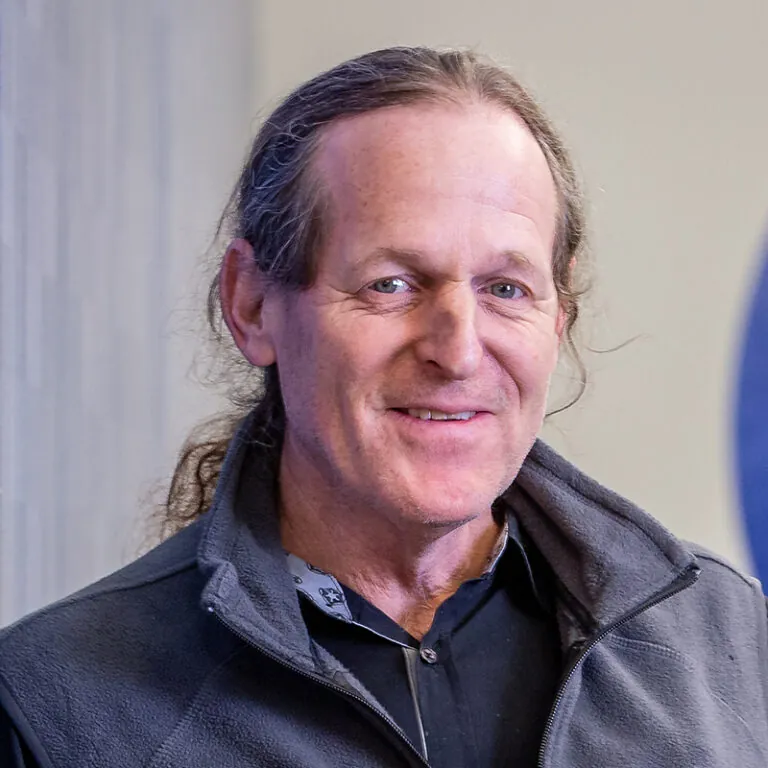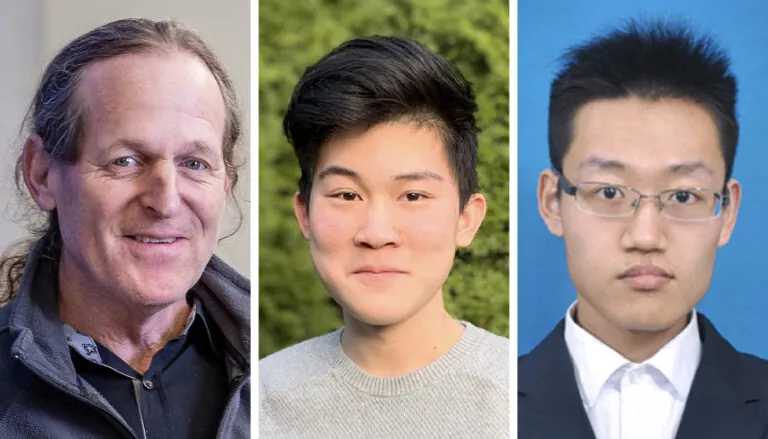
ISB Named Winner of 2025 Amazon Web Services Imagine Grant for Nonprofits
ISB has won a 2025 AWS Imagine Grant to advance Tarpon, a generative AI platform that generates digital fingerprints of T cell receptors. By linking immune signatures to genomic and clinical data, Tarpon enables rapid discovery and the design of targeted therapies.

